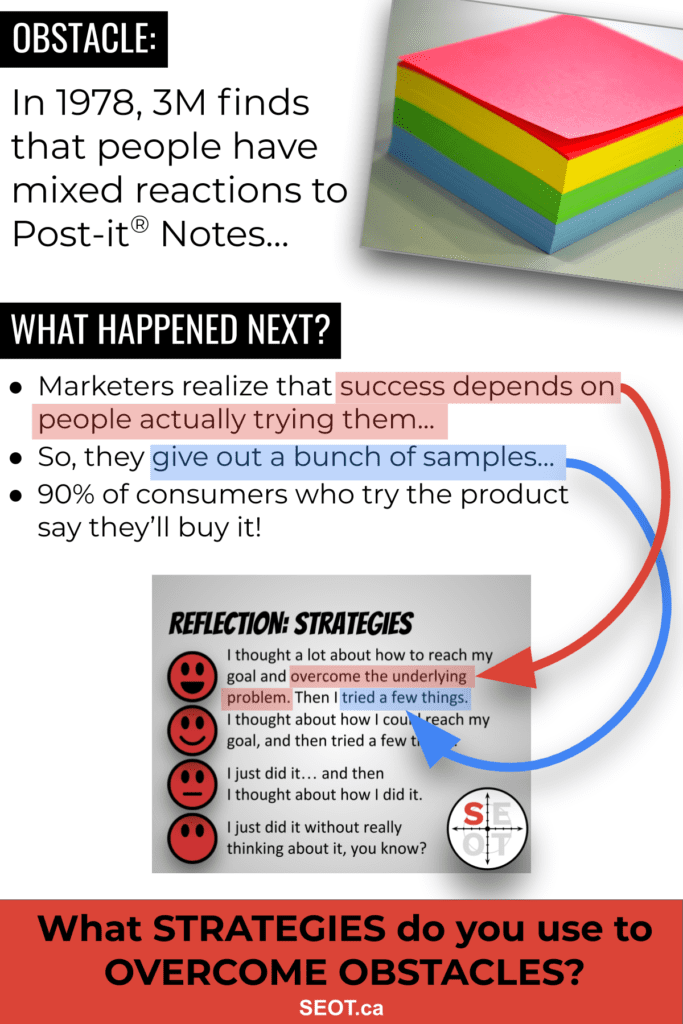A correlation in math is when there is a relationship between 2 variables. In other words, there is a connection or a pattern between two things.
For example, we might find a pattern between the number of hot chocolates sold by coffee shops and the number of heaters sold by hardware stores.
- On days when coffee shops sell more hot chocolates, we might find that hardware stores also sell more heaters.
- On days when fewer hot chocolates are sold, we might find that fewer heaters are sold, as well.
This doesn’t always mean that one thing causes the other. Selling hot chocolates does not cause people to buy more heaters.
There might be a third underlying factor (like the temperature outdoors) that is actually causing these results.
A correlation can be positive or negative. The hot chocolate sales / heaters sale pattern was an example of a positive correlation.
Here’s an example of a negative correlation:
- If people buy more things online, then they may buy less things in person at brick-and-mortar stores.
- So increased sales at a giant online retailer might predict lower sales at small local businesses that don’t have an e-commerce website.
SEOT is an acronym to help us get the most out of life. The O stands for optimize.
(It’s explained more in the goal setting slideshow)
Watch SEOT YouTube Video #19:
SEOT Step to Success #19 is to FIND CORRELATIONS
In order to find a correlation, we need to keep track of 2 variables. We need to be measuring 2 things.
Let’s say, our goal is to be a happier person.
- We decide one way to achieve this goal is to make sure we get better sleep so we’re less cranky.
- We decide to measure something to see if things are improving and we start to keep track of how we feel in the morning when we wake up on a scale of 1-5.
Over time, we might start to notice that the quality of our sleep is improving. Or, maybe it’s staying the same.
Why is that?
The problem with only looking at one measurement is that we’re not really sure what’s causing the change (or lack of change).
We might have a hunch and think the nights where we put away the phone and read before bed also happen to be the mornings when we wake up happier.
So, maybe we start to keep a sleep journal. Every night before going to bed, we just make some notes about what we did that day.
- Did you drink coffee?
- Did you use your device before bed?
- Did you eat late?
- Was it a stressful day?
- Did you go to bed around the same time?
After a while, we can look for patterns. This doesn’t have to be on a graph, although it can be if that’s the way you think.
Is there a correlation between days when you drink a lot of coffee and the quality of your sleep?
Do you find the nights you put away your device before going to bed are also the nights where you wake up more rested?
It might mean that less screen time before bed leads to better sleep, although it might not. Maybe the days you put away your device before going to bed are also the days you happen to go to bed earlier… and more sleep leads to happier mornings.
Think about your goal.
- What are you measuring to see if you improve?
- What else could you start to measure to see if there are any correlations or patterns? (In other words, what hunches do you have about what’s causing your results or lack of results, and how could you start to measure your hunches?)
- How much time do you think it will take before you might be able to see any relationships between what you are measuring. Do you think you’ll start to be able to see a pattern after one day? one week? one month?
Remember, everyone is different. Achieving goals can be a very personal thing.
This is your chance to become a student of yourself. You’re learning about what works for you and what doesn’t work for you.
Good luck!
(Hey, teachers! Check out this growth mindset lesson package or this 2021 New Year’s Resolution lesson plan!)
